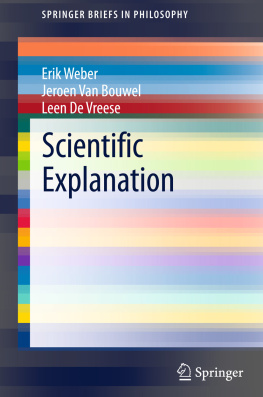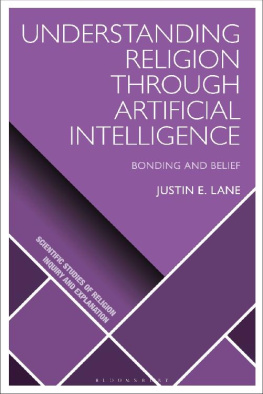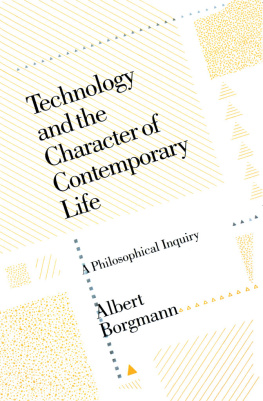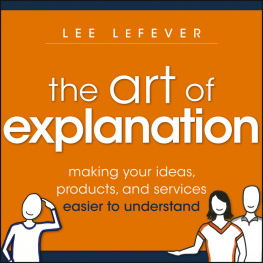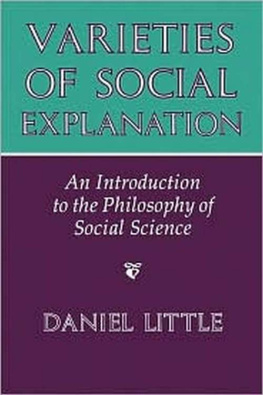Bouwel Jeroen van - Scientific explanation
Here you can read online Bouwel Jeroen van - Scientific explanation full text of the book (entire story) in english for free. Download pdf and epub, get meaning, cover and reviews about this ebook. City: New York, Dordrecht, year: 2013, publisher: Springer Netherlands, Dordrecht, genre: Romance novel. Description of the work, (preface) as well as reviews are available. Best literature library LitArk.com created for fans of good reading and offers a wide selection of genres:
Romance novel
Science fiction
Adventure
Detective
Science
History
Home and family
Prose
Art
Politics
Computer
Non-fiction
Religion
Business
Children
Humor
Choose a favorite category and find really read worthwhile books. Enjoy immersion in the world of imagination, feel the emotions of the characters or learn something new for yourself, make an fascinating discovery.
- Book:Scientific explanation
- Author:
- Publisher:Springer Netherlands, Dordrecht
- Genre:
- Year:2013
- City:New York, Dordrecht
- Rating:4 / 5
- Favourites:Add to favourites
- Your mark:
Scientific explanation: summary, description and annotation
We offer to read an annotation, description, summary or preface (depends on what the author of the book "Scientific explanation" wrote himself). If you haven't found the necessary information about the book — write in the comments, we will try to find it.
Abstract: When scientist investigate why things happen, they aim at giving an explanation. But what does a scientific explanation look like? In the first chapter (Theories of Scientific Explanation) of this book, the milestones in the debate on how to characterize scientific explanations are exposed. The second chapter (How to Study Scientific Explanation?) scrutinizes the working-method of three important philosophers of explanation, Carl Hempel, Philip Kitcher and Wesley Salmon and shows what went wrong. Next, it is the responsibility of current philosophers of explanation to go on where Hempel, Kitcher and Salmon failed. However, we should go on in a clever way. We call this clever way the pragmatic approach to scientific explanation and clarify briefly what this approach consists in. The third chapter (A Toolbox for Describing and Evaluating Explanatory Practices) elaborates the pragmatic approach by presenting a toolbox for analysing scientific explanation. In the last chapter (Examples of Descriptions and Evaluations of Explanatory Practices) the approach is illustrated with real-life examples of scientists aiming at explaining. This book can be used as a textbook for intermediate philosophy of science courses and is also valuable as suggested reading for introductory courses in philosophy of science. The way the book is set up makes it an excellent study and research guide for advanced (MA and PhD) students that work on the topic of scientific explanation. Finally, it is a handy source and reference book for senior researchers in the field of scientific explanations and - more generally - for all philosophers of science
Bouwel Jeroen van: author's other books
Who wrote Scientific explanation? Find out the surname, the name of the author of the book and a list of all author's works by series.

